I know a few Starbucks addicts. They head down George Street here in New Brunswick to get their daily coffee, scanning their phones for My Starbucks Rewards at the counter. They’re a little out of sorts at the moment. In a recent email to Rewards members, Starbucks announced a shift in their loyalty philosophy. Customers will now be rewarded based on the dollars that they spend, not the number of transactions or visits to Starbucks.
Starbucks’ stated reason is that they are trying to speed up the customer experience at the register, since so many Rewards members are slowing down the line and asking for multiple transactions for multiple items, just to get the rewards. Closing this loophole, though, has a demotivating effect for frequent customers with simpler taste than the Venti Iced Smoked Butterscotch Latte. Fortune explains that the average customer spends $5 and will still need approximately the same 12 orders to be able to achieve a free drink. Customers buying a regular coffee will now have to purchase 31 coffees to qualify for the free drink.
Not long ago, the airlines made a similar move. Instead of rewarding frequent flyers for the number of flights or distance they had flown, they began rewarding big spenders. The more expensive the ticket (i.e. business travelers purchasing with very little advance notice), the greater the rewards. Why not focus on the loyal customer who comes back and back, often choosing brands because of the loyalty program? Because, as Bloomberg pointed out when covering Delta Airlines’ shift to the big spender model, “The top 4 percent of Delta customers account for 25 percent of the airline’s revenue.”
It is certainly understandable that a company would choose to vigorously guard the loyalty of their biggest, highest paying customers. But failing to build a relationship with the rest of a loyal customer base has risks to the long-term health of the organization. Why take the risk of alienating loyal customers? The word of mouth is terrible (and these days that’s everything) and those who may have grown into big spenders or spent more over time are less inclined to stay loyal to the brand.
In their article, Loyalty Analytics Exposed: What Every Program Manager Needs to Know, PWC states, “Loyalty program members who redeem points to obtain rewards are more likely to continue, or increase, their spending and use of the underlying product or service and stay engaged with the program and brand longer.”
Not all customers are born loyal and with a big budget for your product. Cultivating the relationship over time and encouraging increased purchasing also grows your business. A rewards program and pricing model should be designed to encourage additional, incremental spend from all levels of participants. Airlines used to do a better job of getting this right, with Platinum, Gold, and Silver level frequent flyer programs. These were designed to maintain the relationship with the frequent-but-less-lucrative flyer, while providing the greatest motivation for repeat purchases for the frequent-high-revenue flyer.
Customers have other options in the marketplace. It’s important to be sure to connect with people at every level of the program to increase revenue. Big spenders may move on or face economic challenges. Whatever your loyalty strategy, don’t tick off your “frequent flyers” or most loyal, entry level customers. All it takes is a dip in the economy for every single customer to matter to the financial health of your organization. Brand loyal customers at all levels are essential to your future.



